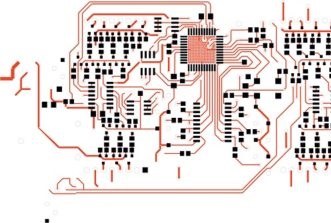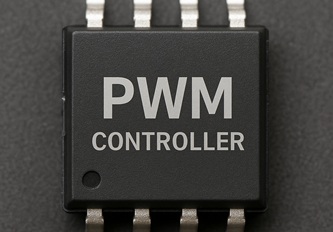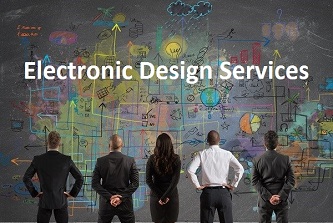Driving Efficiency in Zero-Emission Energy Transition
The transition to a zero-emission society is placing new demands on our energy infrastructure. Applications such as high-performance battery charging, hydrogen production through electrolysis, and AI data centers all share one essential requirement: a power supply system that provides stable, efficient, and reliable energy supply in the megawatt range.
As traditional solutions are increasingly reaching their limits, especially with ever-stricter grid-code regulations, the need for innovative approaches becomes more pressing. Various alternative solutions are emerging, each offering unique opportunities. However, these alternatives vary significantly in terms of efficiency, complexity, and the effort required to ensure compliance.
One such alternative is explored in a free whitepaper from Littelfuse Inc., which provides an overview of the most relevant solutions in the energy sector. The whitepaper highlights the strengths and weaknesses of these solutions at the system level, comparing them across key criteria. The primary focus of the whitepaper is on efficiency, emphasizing that even small improvements can result in substantial energy savings over a system’s lifetime, potentially leading to gigawatt-hours of reduced losses.
Efficiency is a critical factor in the transition to a zero-emission society, as it not only reduces energy waste but also contributes to overall sustainability. By optimizing energy supply systems in the megawatt range, industries can make significant strides towards achieving their emission reduction goals. The whitepaper serves as a valuable resource for decision-makers looking to navigate the complexities of selecting the most suitable energy solutions for their specific needs.
With the energy landscape rapidly evolving, staying informed about the latest advancements and best practices is essential for organizations seeking to stay ahead of the curve. The whitepaper from Littelfuse Inc. offers a comprehensive analysis of the current energy supply solutions available, empowering stakeholders to make informed decisions that align with their sustainability objectives. By leveraging the insights provided in the whitepaper, businesses can position themselves as leaders in the transition to a zero-emission future.














